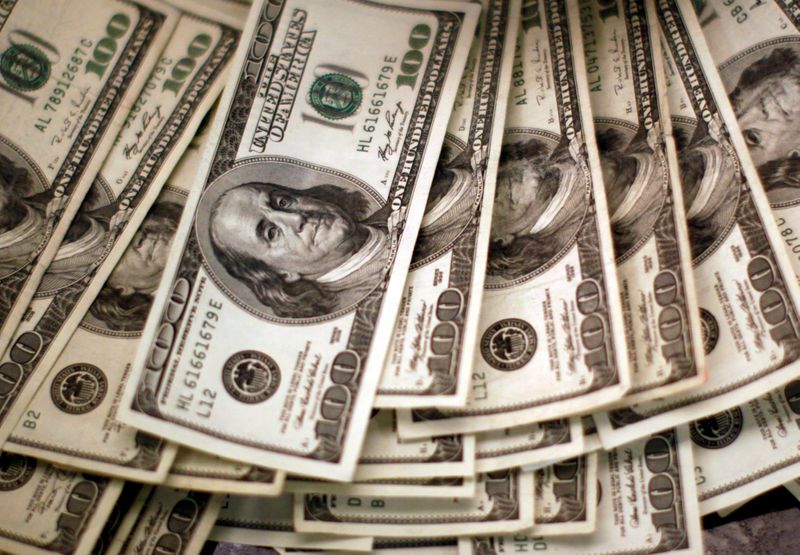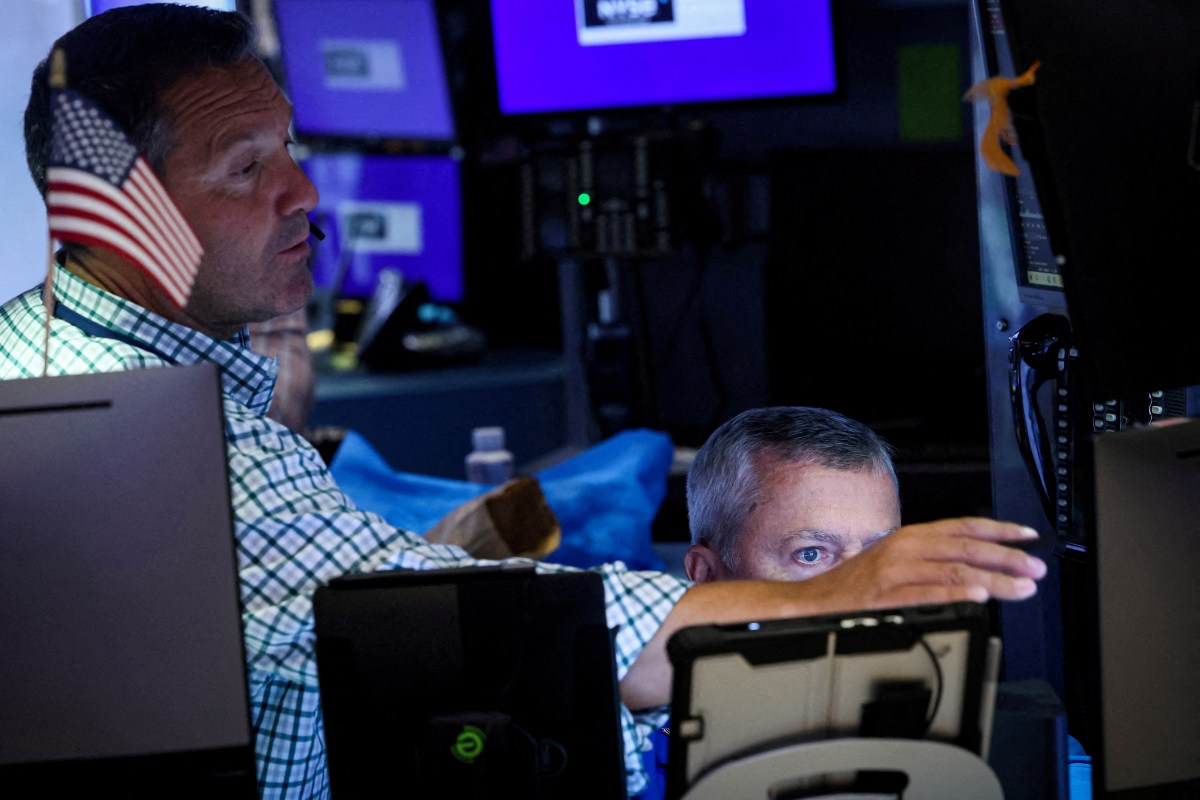BENGALURU (Reuters) – The U.S. dollar will continue to dominate currency markets for at least another three months as investors prefer the safety of the greenback in a world fraught with risks emanating from the coronavirus crisis, a Reuters poll showed.
Having brought the world economy to a near-standstill and caused the fastest rout in financial markets since the Great Depression, the COVID-19 pandemic is likely to deter investors from taking risky bets until signs of recovery emerge.
But with hopes of a quick recovery fading, and the world economy bracing for a slow and potentially prolonged recovery, the dollar is likely to remain favored by investors who are for now keen on preserving their capital.
While most major currencies were subjected to deep losses, the dollar has gained over 3.5% this year and the currency’s domination – which started more than two years ago – is at minimum likely to extend for another three months.
Rabobank’s head of FX strategy Jane Foley said: “although perhaps we have gone through the initial panic phase, over the next couple of months we are going to see a lot of economic data, and this data invariably will be shockingly poor.”
“I think it’s going to be a very low-risk environment from the point of view of investors and … there will be big reluctance to move into some of the more vulnerable countries in the world.”
A majority of analysts who answered an additional question – 26 of 34 – said the dollar’s dominance will at least continue into the next quarter. Seven said less than three months, while only one said it was already over.
(Graphic: How long will the U.S. dollar’s dominance last? IMAGE link: https://fingfx.thomsonreuters.com/gfx/polling/bdwvkrkmbpm/U.S.%20dollar.PNG)
But any moves out of the dollar will be highly dependent on how the pandemic plays out. Without any dramatic shift in risk assessment, capital is likely to favor developed markets, which are considered to be low risk.
A significant majority of analysts – 25 of 40 – who answered another additional question said developed market currencies were likely to perform better against the dollar over the next three months.
Nine chose emerging currencies and the remaining six picked commodity-linked currencies.
(Graphic: What will perform better against the dollar over the next 3-months? IMAGE link: https://fingfx.thomsonreuters.com/gfx/polling/qmypmnbrdvr/FX%20poll.PNG)
However, analysts are less optimistic about the dollar’s performance over the longer term as they expect the global reserve currency to give up some of its gains in a year’s time.
While most major currencies are expected to rise against the greenback over the next 12 months, those expected gains, if realized, will still not cover the losses they have accumulated so far this year.
Despite its underperformance in the spot market, median forecasts have stayed remarkably stable, suggesting no real change to the euro’s outlook, except for a lone voice predicting the currency to hit parity against the dollar in six months – the first such respondent in nearly three years.
The euro, the largest and most liquid among currency pairs, is forecast to make up all of the 3.5% loss it has incurred this year and gain another 2.0% to trade around $1.14 in 12 months.
So while it is clear the dollar will remain dominant over the coming months, it is far from clear that trend will remain in place once the economic and financial disruption from the pandemic subsides.
“You have to take into consideration that over the last four or five years when the dollar was strong the U.S. dollar had quite a significant yield advantage over other major currencies and the U.S. economy was outperforming,” said Lee Hardman, currency economist at MUFG.
“But we think in 12 months’ time when things do normalize, normal is going to be different from what it was 12 months ago because if you look at yields in the U.S. now, they are basically on the floor as well, and that yield differential has evaporated.”
(Polling by Khushboo Mittal, Sujith Pai and Indradip Ghosh; Editing by Ross Finley and Jonathan Oatis)





















